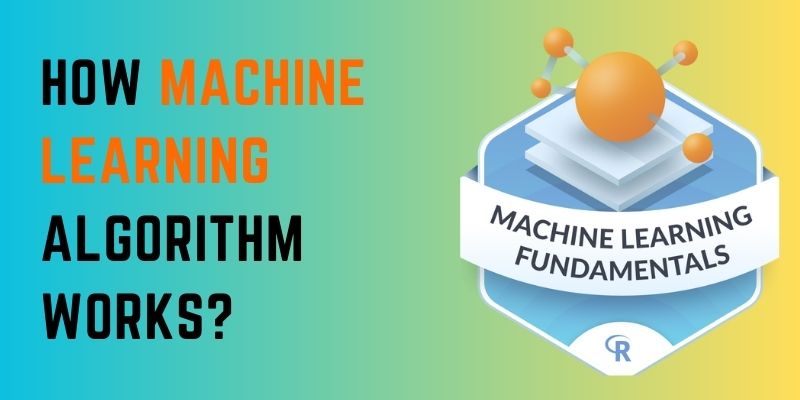The potential of data is unleashed by machine learning in new manners, such as when Facebook suggests items for you to read. By developing computer programmes that autonomously access data and carry out tasks through predictions and diagnostics, this ground-breaking technology enables computer systems to learn from experience and get better over time. If you are here to know How Machine Learning Algorithm Works? Learn Machine Learning Course in Chennai with placement assistance by industry experts at FITA Academy.
What is Machine Learning, Exactly?
A significant area of artificial intelligence (AI) is machine learning. Without explicit programming, ML systems learn from experience (or, more precisely, data), just like people do. When exposed to new data, these apps develop on their own, grow, adapt, and innovate.
At its most fundamental level, machine learning is the capacity to independently and repeatedly adapt to new data. Applications employ “pattern recognition” to identify patterns in past calculations and transactions in order to provide trustworthy and well-informed conclusions.
How Does Machine Learning Work?
One of artificial intelligence’s most intriguing subfields is without a doubt machine learning. With specified inputs to the computer, it successfully completes the learning from data task. It is crucial to comprehend how machine learning functions in order to better appreciate how it can be applied in the future.
Training data are first entered into the chosen algorithm to start the machine learning process. To create the final machine learning algorithm, training input might be either known or unknown data. The type of training data input has an impact on the algorithm.
The algorithm used for machine learning receives new input information to see if it is functioning appropriately. Results and predictions are compared with one another.
The algorithm is repeatedly retrained until the data scientist obtains the desired outcome if the prediction and the results do not match. Because of this, the machine learning algorithm may continuously improve and produce the best possible response, gradually improving in accuracy.
What are the Different Machine Learning Types?
Due to its complexity, machine learning is split into two main categories: supervised learning and unsupervised learning. Each provides outcomes, has a particular goal, and makes use of particular types of data. Learn Machine Learning Online Course with the help of well-experienced instructors with 100% placement. Join FITA Academy, which is one of the best educational Training institutions.
Supervised Learning
We employ known or labelled data for training purposes in supervised learning. Since the data is known, learning is monitored or successfully implemented. Using the input data, the model is trained, which is then fed through a machine learning algorithm.
Unsupervised Learning
Unsupervised learning uses training data that has never been seen before because it is unknown and unlabeled. Unsupervised refers to a situation where the input cannot be guided to the algorithm since there is no known feature of the data. This information is used to train a model by feeding it into a machine learning algorithm. The desired respond is provided by the trained model, which searches for patterns.
Reinforcement Learning
The algorithm in this case identifies the data by trial and error, just like in more conventional methods of data analytics, and then chooses the action that will yield the greatest returns. Reinforcement learning is primarily composed of three elements: the agent, the context, and the actions. The environment encompasses everything the agent encounters with, the agent is the learner or decision-maker, and the environment includes the activities the agent does.
